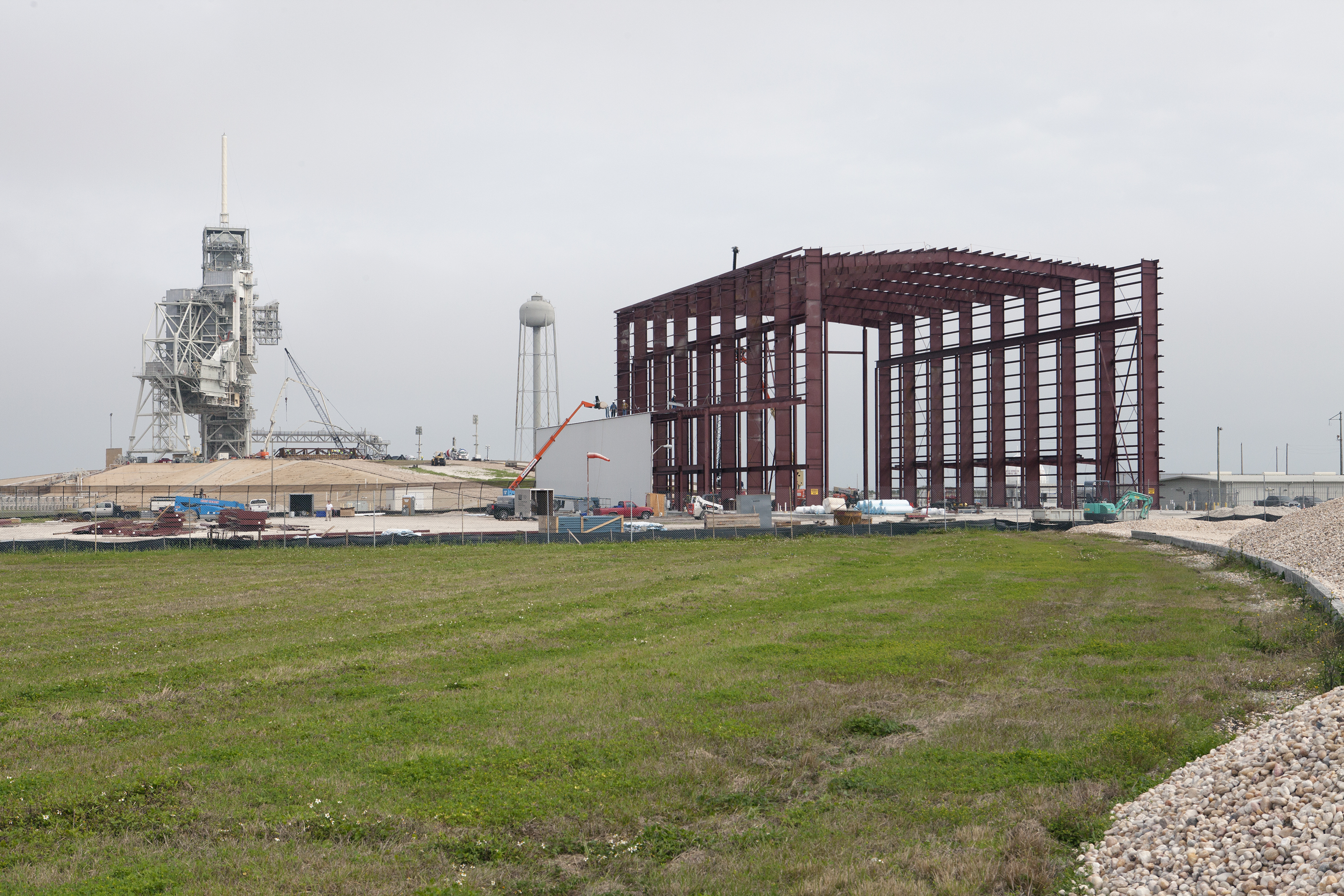 SpaceX currently is targeting no earlier than Tuesday, May 5, for a pad abort test of its Crew Dragon development spacecraft from Space Launch Complex 40 at Cape Canaveral Air Force Station. The ability to abort from a launch or pad emergency and safely carry crew members out of harm’s way is a critical element for NASA’s next generation of crew spacecraft.
SpaceX currently is targeting no earlier than Tuesday, May 5, for a pad abort test of its Crew Dragon development spacecraft from Space Launch Complex 40 at Cape Canaveral Air Force Station. The ability to abort from a launch or pad emergency and safely carry crew members out of harm’s way is a critical element for NASA’s next generation of crew spacecraft.
The company will have a four-hour window to conduct the test, beginning at about 9:30 a.m. EDT. SpaceX has an additional test opportunity on Wednesday, May 6. NASA TV will provide live coverage of the test. NASA TV also will air a media briefing previewing the test with SpaceX and NASA representatives at 10 a.m. Friday, May 1.
SpaceX will perform the test under its Commercial Crew Integrated Capability (CCiCap) agreement with NASA, but can use the data gathered during the development flight as it continues on the path to certification. Under a separate Commercial Crew Transportation Capability (CCtCap) contract, NASA’s Commercial Crew Program will certify SpaceX’s Crew Dragon, Falcon 9 rocket, ground and mission operations systems to fly crews to and from the International Space Station.
More about media credentialing and coverage details available here.

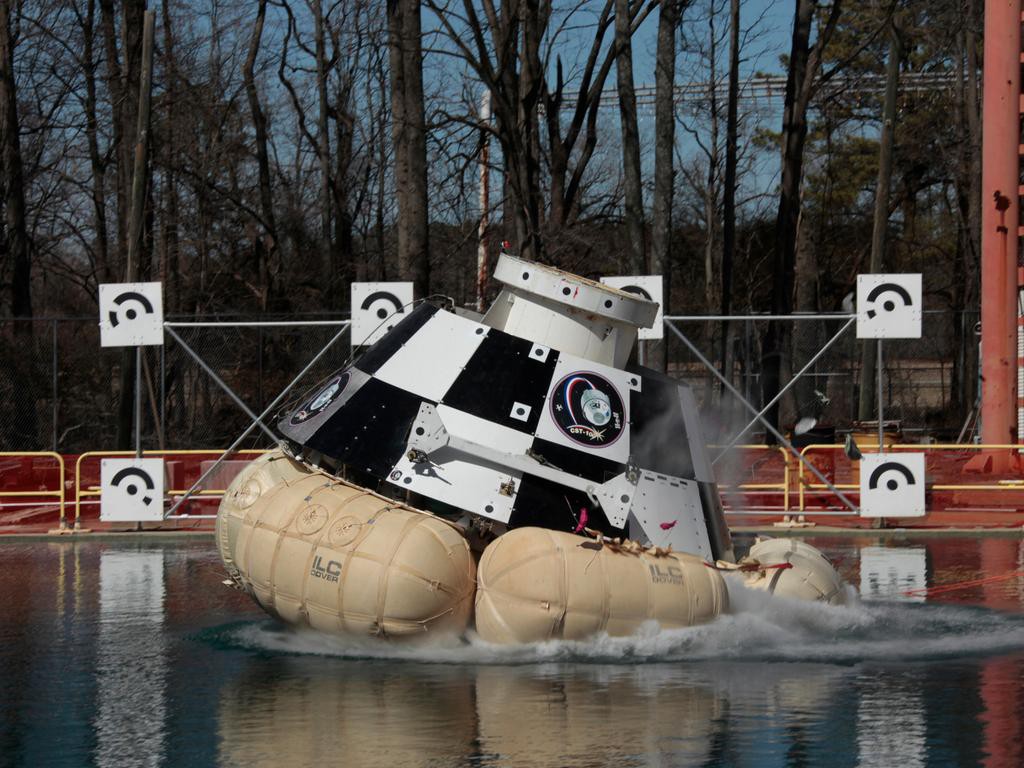
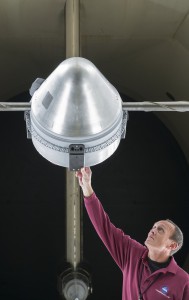 Boeing took its CST-100 spacecraft mock-up and a scale model to NASA’s Langley Research Center in Hampton, Va., recently for a series of tests designed to evaluate different aspects of the design. The CST-100 is the spacecraft Boeing is developing in partnership with NASA’s Commercial Crew Program to carry astronauts to the International Space Station using American spacecraft and rockets launching from the United States. The full-scale version of thespacecraft was dropped into water at Langley to judge how the spacecraft would behave in case it had to make a quick return to Earth and could not land on the ground. The CST-100 is designed to descend from orbit under parachutes with inflatable bags cushioning the landing for crew members inside. A smaller model was used inside one of the Langley wind tunnels to determine how the air flows around the outside of the spacecraft when it inside Earth’s atmosphere and different phases of flight. Read more about this critical evaluation cycle for the CST-100 at
Boeing took its CST-100 spacecraft mock-up and a scale model to NASA’s Langley Research Center in Hampton, Va., recently for a series of tests designed to evaluate different aspects of the design. The CST-100 is the spacecraft Boeing is developing in partnership with NASA’s Commercial Crew Program to carry astronauts to the International Space Station using American spacecraft and rockets launching from the United States. The full-scale version of thespacecraft was dropped into water at Langley to judge how the spacecraft would behave in case it had to make a quick return to Earth and could not land on the ground. The CST-100 is designed to descend from orbit under parachutes with inflatable bags cushioning the landing for crew members inside. A smaller model was used inside one of the Langley wind tunnels to determine how the air flows around the outside of the spacecraft when it inside Earth’s atmosphere and different phases of flight. Read more about this critical evaluation cycle for the CST-100 at 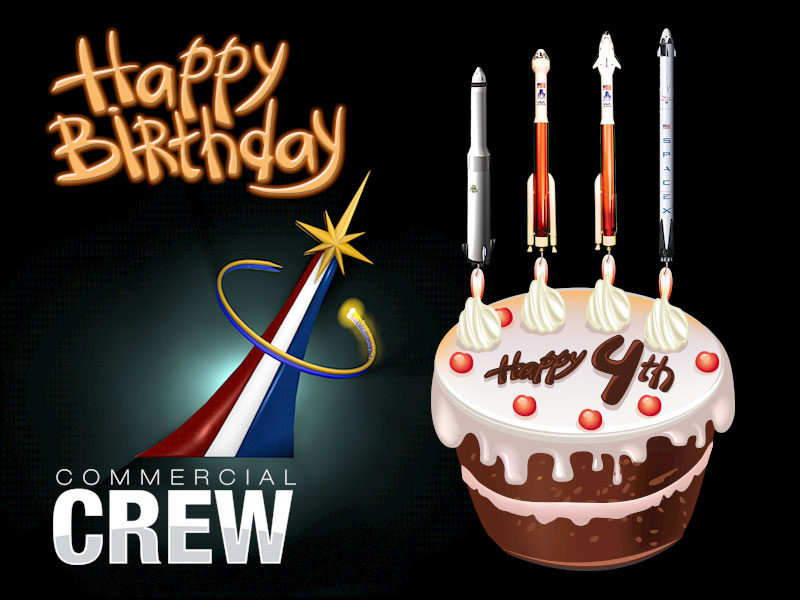
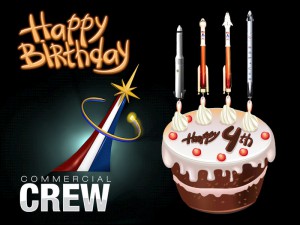
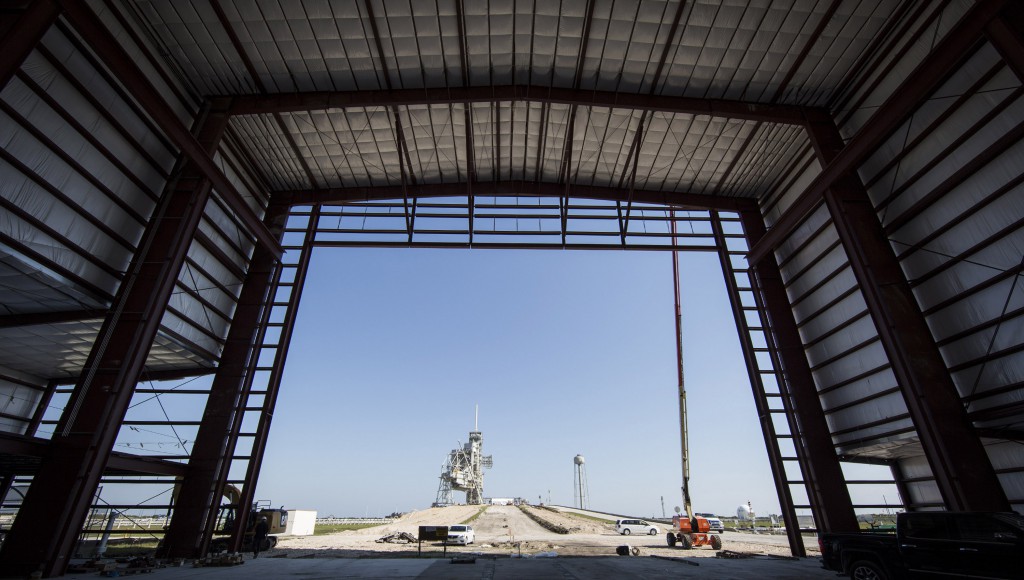
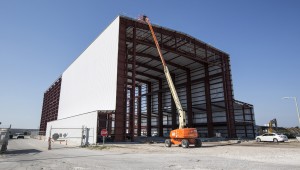 ecome SpaceX’s new 300-foot-long horizontal hangar at the base of Kennedy Space Center’s Launch Pad 39A. Inside, the company will process the Crew Dragon spacecraft and Falcon 9 v1.1 rocket before being rolled out for launch. The company also is refurbishing the historic complex for Commercial Crew and Falcon Heavy launches.
ecome SpaceX’s new 300-foot-long horizontal hangar at the base of Kennedy Space Center’s Launch Pad 39A. Inside, the company will process the Crew Dragon spacecraft and Falcon 9 v1.1 rocket before being rolled out for launch. The company also is refurbishing the historic complex for Commercial Crew and Falcon Heavy launches.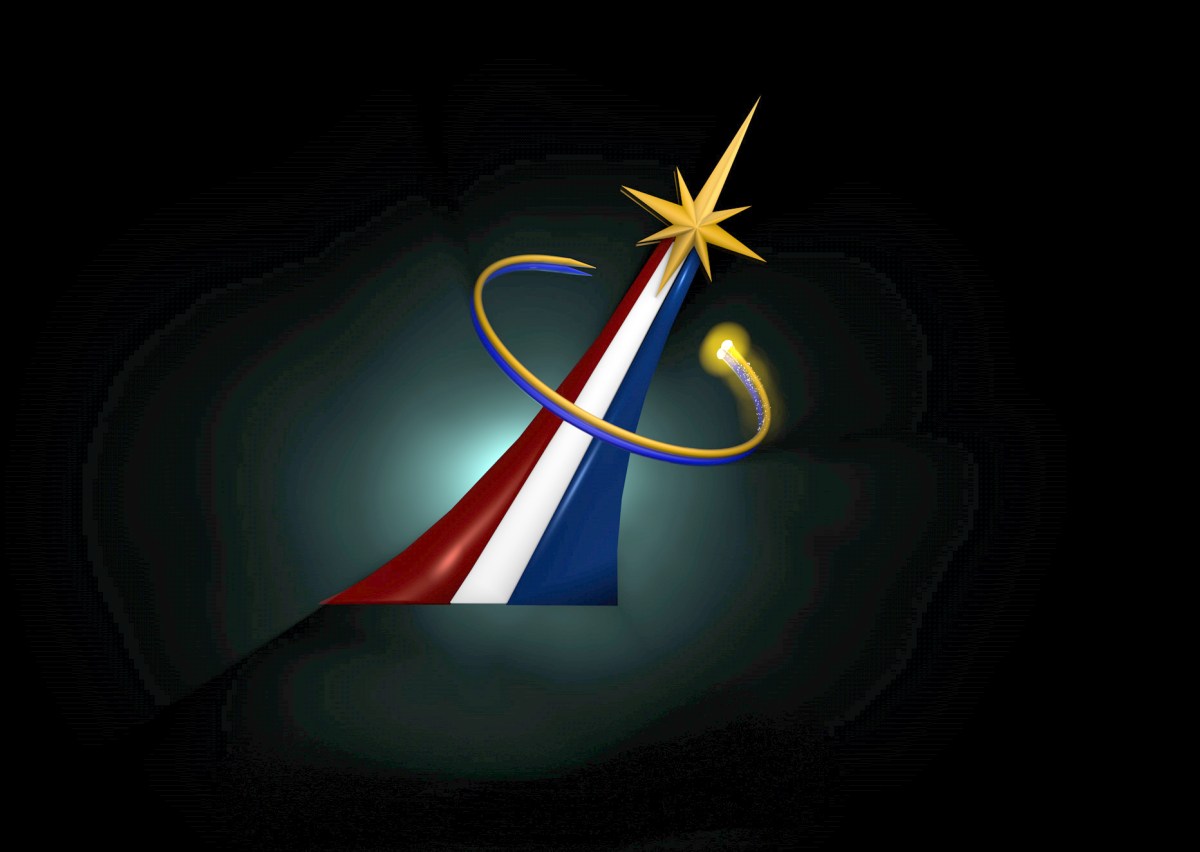

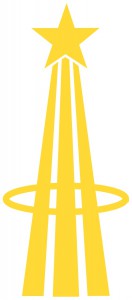


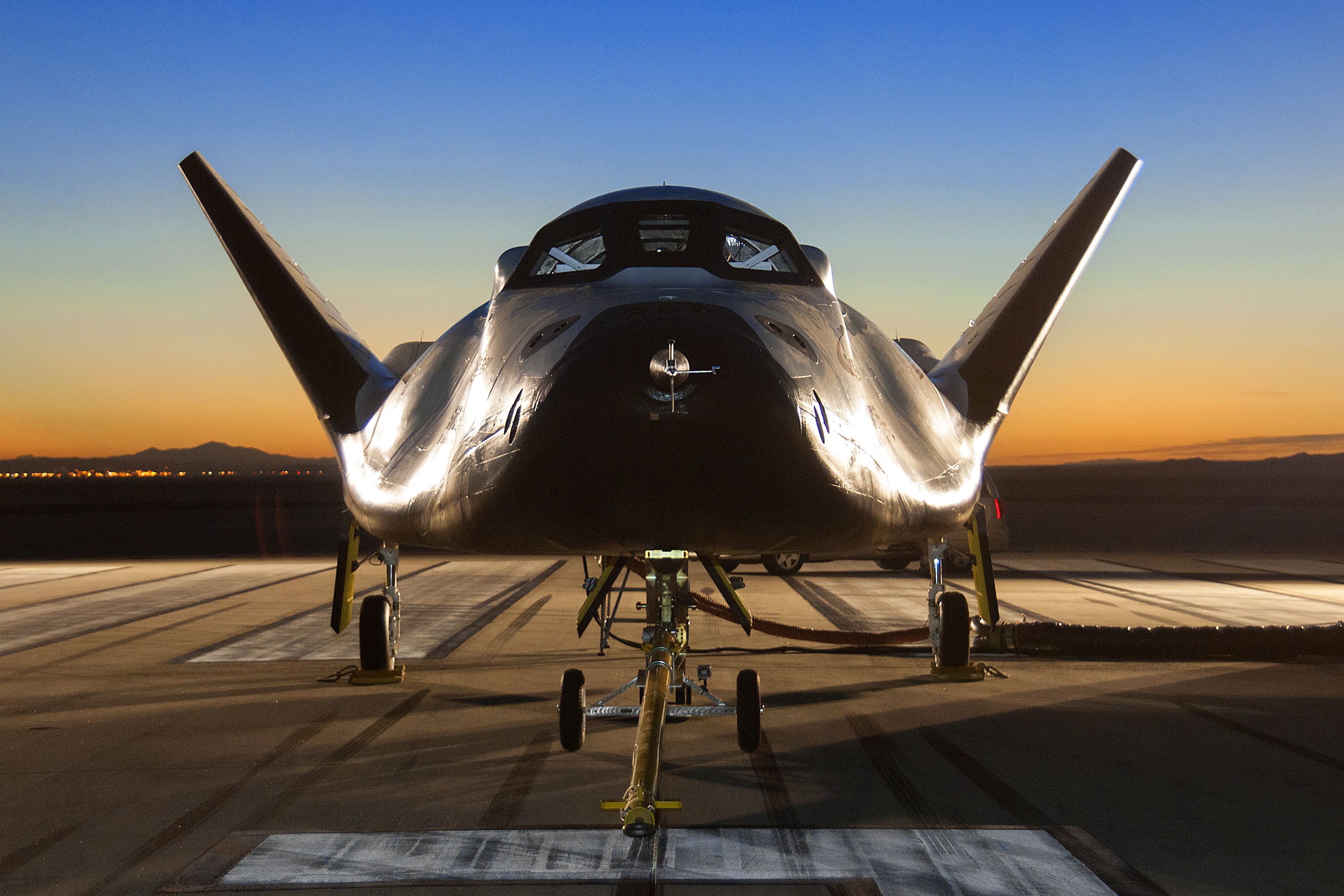 Space Act Agreement with Sierra Nevada Corporation (SNC). The company’s Design Analysis Cycle-6 Closeout Review will demonstrate the advancement of the Dream Chaser Space System from a Preliminary Design Review level of maturity toward a Critical Design Review level. While the new milestone is unfunded, NASA and SNC continue to benefit from each other’s technical expertise. The amendment also extends the partnership through March 2016.
Space Act Agreement with Sierra Nevada Corporation (SNC). The company’s Design Analysis Cycle-6 Closeout Review will demonstrate the advancement of the Dream Chaser Space System from a Preliminary Design Review level of maturity toward a Critical Design Review level. While the new milestone is unfunded, NASA and SNC continue to benefit from each other’s technical expertise. The amendment also extends the partnership through March 2016.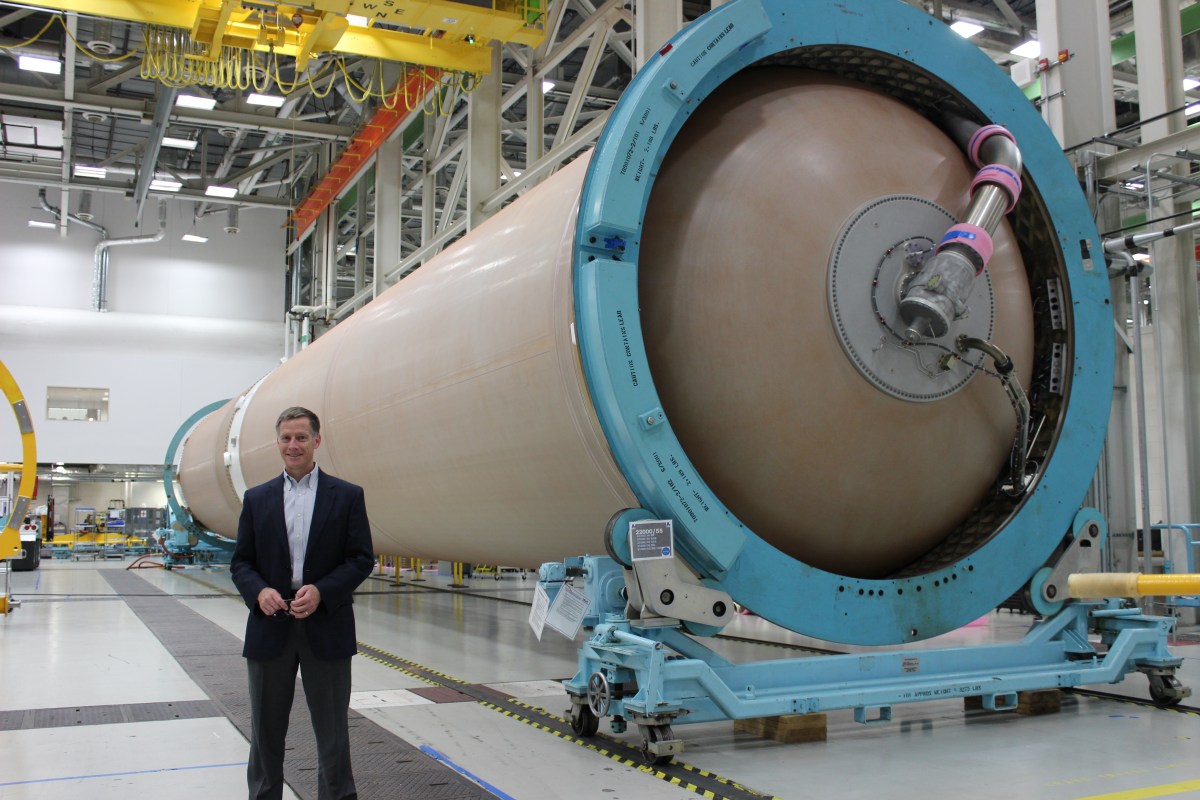
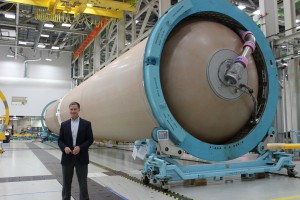 Their tail numbers are AV-073 and AV-080 and they are two of the Atlas V rockets expected to make history when they launch Boeing’s CST-100 on a pair of flight tests to set the stage for operational flights in the future carrying astronauts to the International Space Station. The first flight will not carry anyone but will perform orbital checkouts to prove the CST-100 systems. The second flight is to have people aboard and run a mission profile similar to the ones NASA will ask for when it begins regular Commercial Crew missions to the orbiting laboratory. Read the full story at
Their tail numbers are AV-073 and AV-080 and they are two of the Atlas V rockets expected to make history when they launch Boeing’s CST-100 on a pair of flight tests to set the stage for operational flights in the future carrying astronauts to the International Space Station. The first flight will not carry anyone but will perform orbital checkouts to prove the CST-100 systems. The second flight is to have people aboard and run a mission profile similar to the ones NASA will ask for when it begins regular Commercial Crew missions to the orbiting laboratory. Read the full story at 